
Our team is focused on helping our customers with sales, project and technical enquiries.
For further enquiries contact:
01623 415900
View navigation
Product range
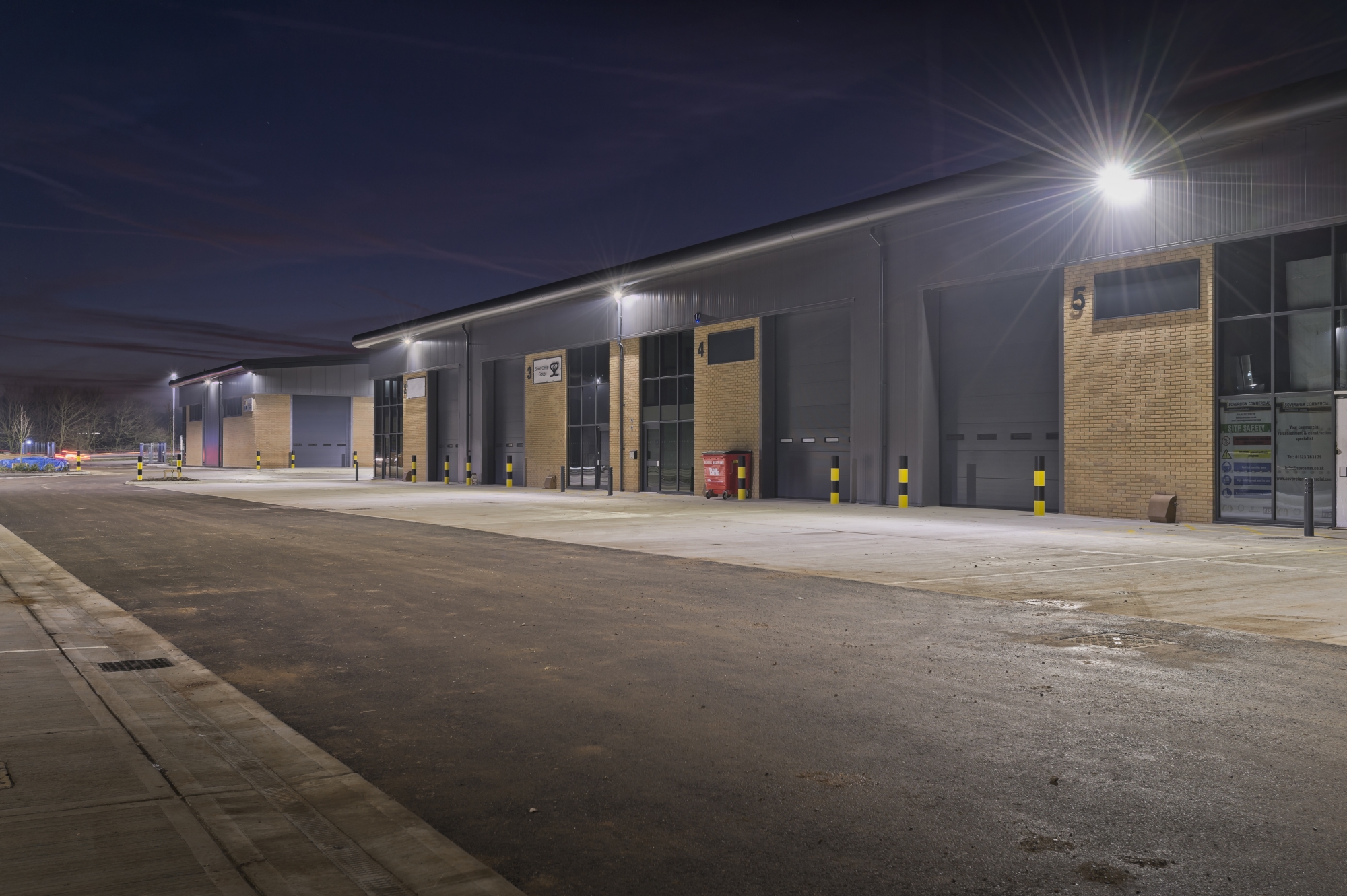
Obtrusive Light is unwanted light that disturbs properties and public areas. We aim to reduce and minimize light pollution wherever possible with an expert lighting design team and a state-of-the-art design system.
We are members of the Institution of Lighting Professionals (ILP) working to consistently improve our methods and processes to meet industry guidelines. ILP are a professional institution who work alongside the government to find solutions for a range of issues such as legislation and regulations of environmental zones.
New ILP guidance affects lighting designers around the country discussing competency, schemes, environmental zones and the values for the control of obtrusive light.
The guidance states companies must employ competent designers or provide quality training for new starters. It also mentions that not only should they have the correct training but also the correct equipment provided. Designers must also interact with contractors to ensure they are reliable.
Fortunately, we have a highly skilled team who are LIA certified and have a range of capabilities ranging from simple plot calculation to a full complex 3D visualisation. We are also members of SLL, the Society of Light and Lighting, who are recognised as an important authority within the industry.
Lighting design plans can be difficult especially when you have set requirements and limited access to valuable files. Designers must focus on optical distribution amongst luminaires ensuring they’re positioned appropriately to suit the system.
Our wide range of luminaires come with a range of optical capabilities ensuring we can create your projects without the need of tilting lights. Most lanterns work best flat to ground in line with guidance. See below our case study in which optical distribution and placement was crucial.
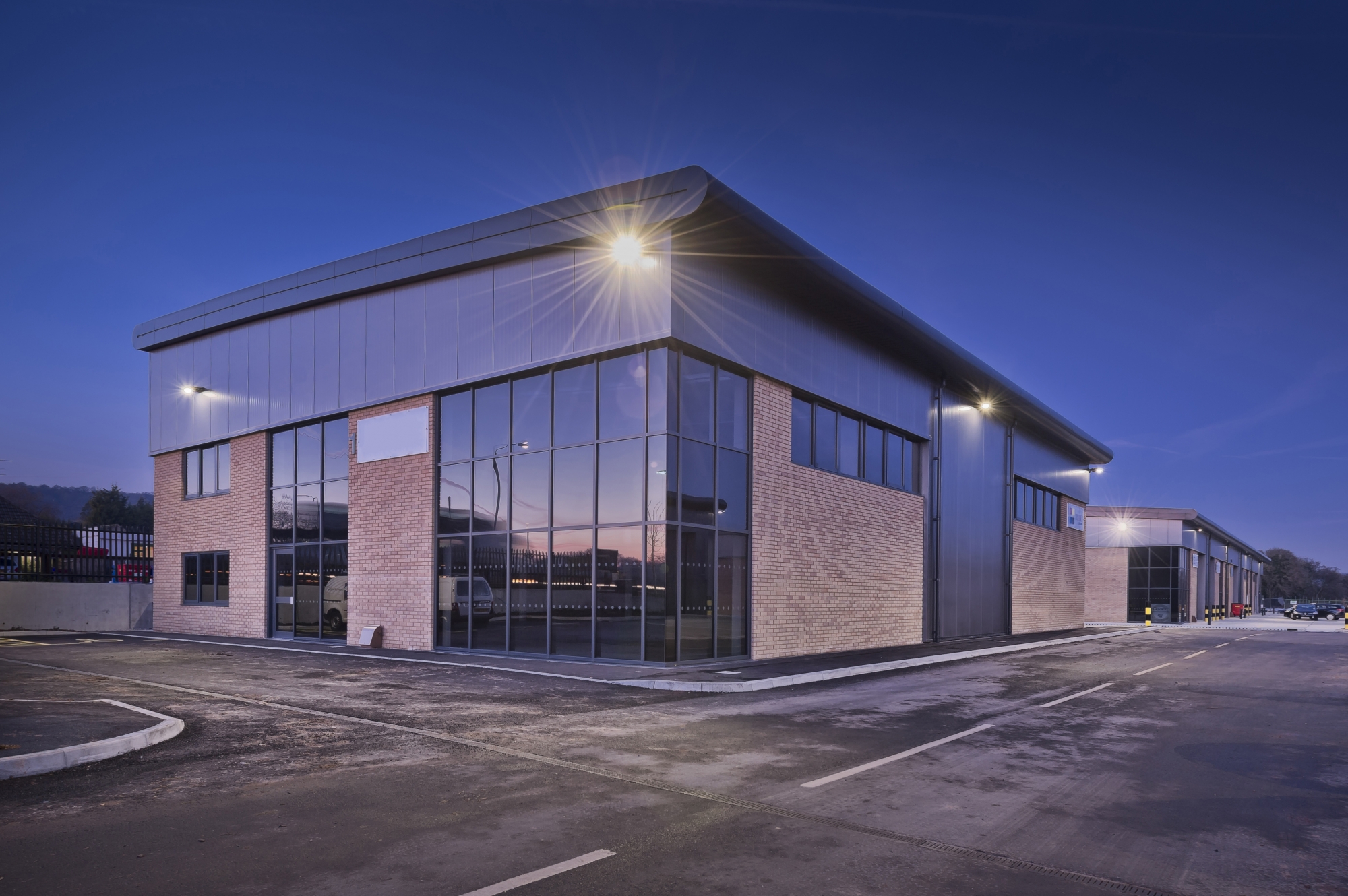
Environmental zones are crucial to reducing light pollution by helping to limit, or sometimes eliminate light wastage. Now the zones have been narrowed to create less confusion and more clarity amongst designs. See below the table for categorising areas.
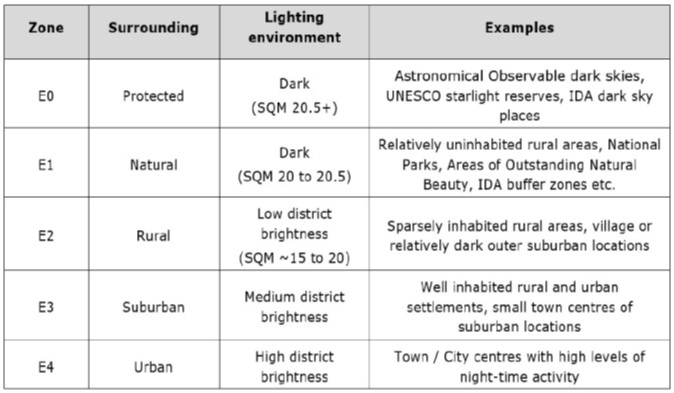
The guidance used to only state light levels and limits used to be design only. The requirements have now changed, and base level checks are needed to meet defined light limits. This will determine the total light allowed over the entire design including the total light on windows.
The luminaires used to be assessed for luminaire intensity per unit. Now, this is measured from a factor of the light source size and observer distance, and we need to group fittings that are close together.
The limitations of the luminaires must be accounted on designs which is measured from the viewing distance and the projected areas from the surfaces which becomes a nuisance for occupants of premises surrounding the area and impedes views.
The Candela Limit can be determined by this table using the criteria below.
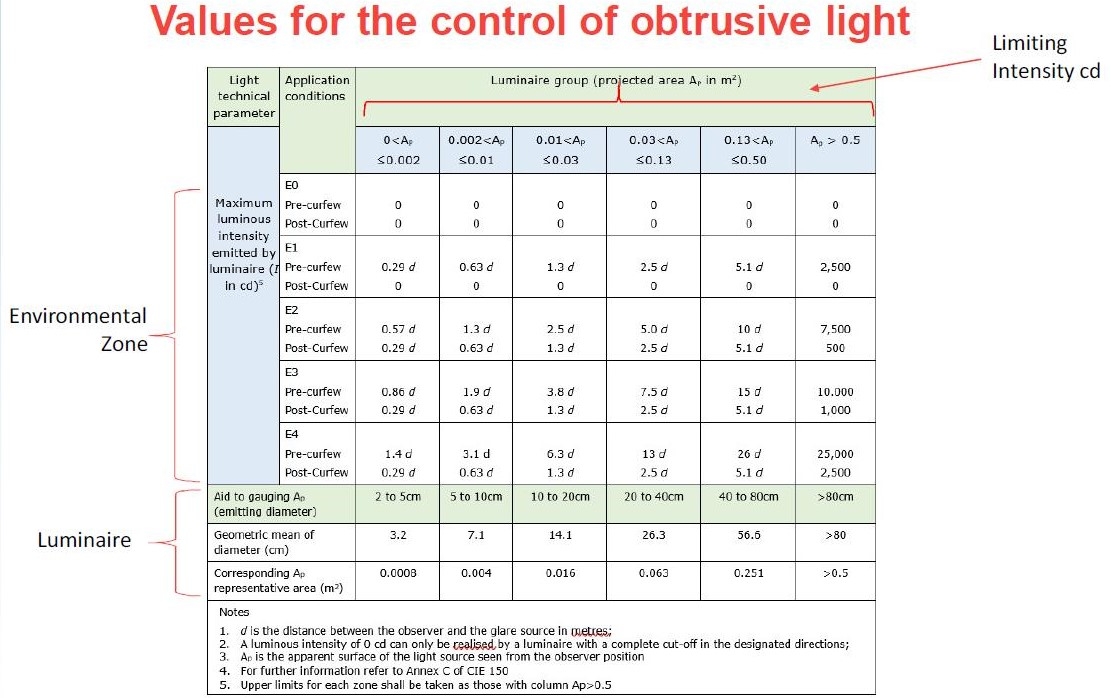
Where two or more lanterns are located close to each other, the observer should see them as one single light source. The assessment is then undertaken based upon the bright surfaces of luminaires in the direction of the observer.
Lighting Pollution is now classed a statutory nuisance just like noise or industrial pollution. If schemes are incompetent then it could result in sites being prosecuted, fined or visited by environmental planning – even after planning. It is important we take this guidance very seriously throughout the industry to avoid obtrusive light wherever possible.
All designers need to now consider ULOR, UFR, Vertical Illuminance and Glare.
ULOR – Upward Light Output Ratio
The standard parameters still apply which limit direct upward light but, additional considerations have been added such as Sky Glow and UFR.
UFR - Upward Flux Ratio
Upward Flux Ratio, considers reflected light and splits areas into lit zones and spill areas, moving the focus on controlling light. The contributing factors are lux levels, reflectance values, utilization of light and environmental zones.
The CIE Standards lists of reflectance values depends on low, medium or high values. These potentially are too low for sports. Fortunately, we have designs that do comply within sports lighting with our Amnis fitting.
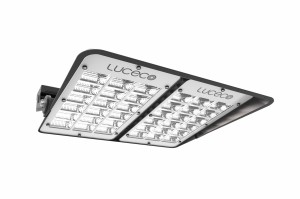
AGI Calculations may be the only software on the market capable of putting the new guidance into action. Strict requirements from the ILP ensures we reduce light pollution when we measure this using AGI. This is due to them considering real life situations on how it impacts residential areas as well as many more.
Fortunately, Kingfisher have over 20 years’ experience with the AGI software, having the ability to calculate both old and new CIE recommendations. We guarantee to produce you with an outstanding lighting scheme meeting industry requirements.
To conclude, luminaires that require the lit surface to be tilted will massively affect the results. The best results are achieved with flat glass designs such as our Amnis fitting. Many within the industry will struggle to meet requirements due to having mainly symmetrical fittings which will be more likely to illuminate unintended areas.
To hear more about ILP click here or to find out about our design capabilities please contact our in-house experts.
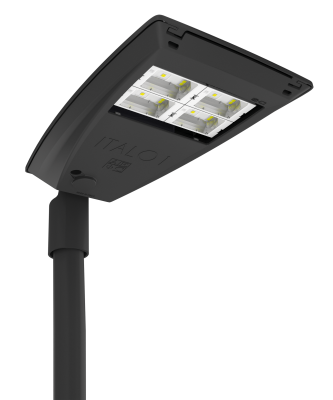
Technical street lighting
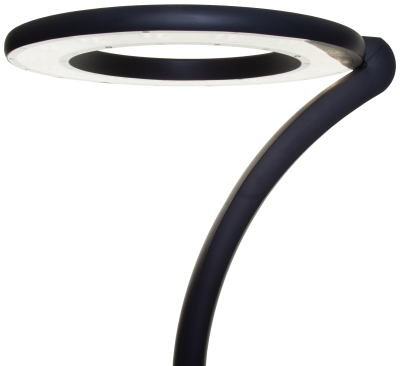
Comprehensive range
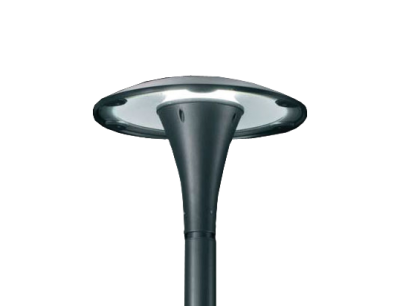
Italian design
Kingfisher Lighting is a registered trademark and member of the Luceco plc group of companies.